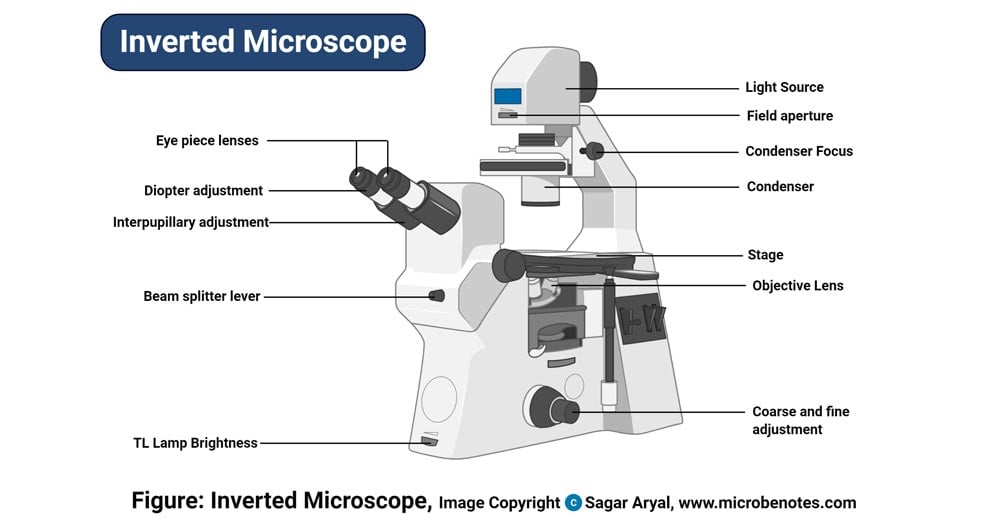

Electrons have a shorter wavelength in comparison to light which. The major difference is that light microscopes use light rays to focus and produce an image while the TEM uses a beam of electrons to focus on the specimen, to produce an image.

In view of the disparate sources of information at BGS's disposal, including such material donated to BGS, that BGS accepts in good faith as being accurate, the Natural Environment Research Council (NERC) gives no warranty, expressed or implied, as to the quality or accuracy of the information supplied, or to the information's suitability for any use. The working principle of the Transmission Electron Microscope (TEM) is similar to the light microscope. but instead of employing transmission-polarizing materials, light was polarized by reflection from a stack of glass. Image contrast arises from the interaction of plane-polarized light. microscopy applications - brilliant image acquisition, advanced image analysis and reliable image documentation. The polarized light microscope is designed to observe and photograph specimens that are visible primarily due to their optically anisotropic character. Use by customers of information provided by the BGS, is at the customer's own risk. MML1200 - Transmitted light microscope for. No part of this work may be reproduced or transmitted in any form or by any means, or stored in a retrieval system of any nature, without the prior permission of the copyright holder, via the BGS Intellectual Property Rights Manager. Added to Access contraints The copyright of materials derived from the British Geological Survey's work is vested in the Natural Environment Research Council.


 0 kommentar(er)
0 kommentar(er)
